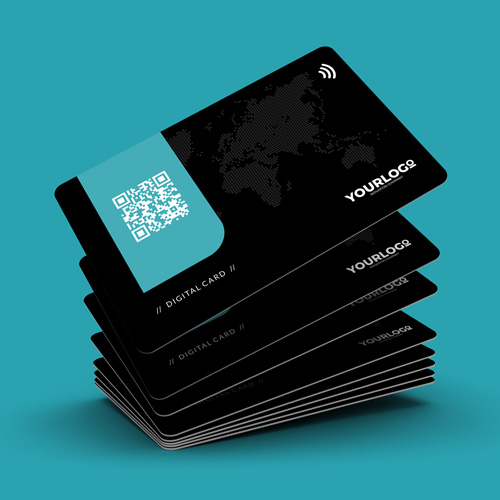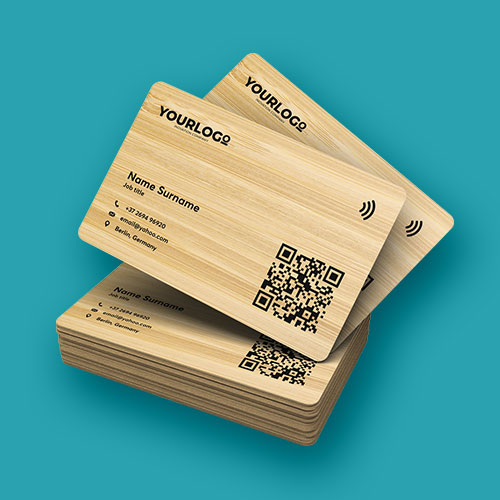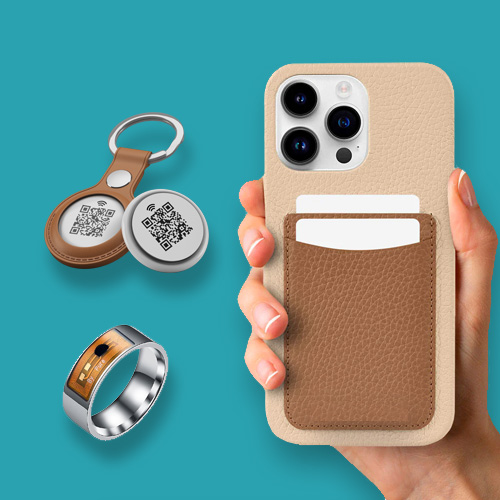Near Field Communication (NFC) is a term you've probably heard before, especially in the context of modern smartphones and contactless payments. But what exactly is NFC, and how does it work? In this ultimate guide, we're going to demystify NFC technology and explore its various applications.
What is NFC?
NFC stands for Near Field Communication. It's a wireless communication technology that allows for the transfer of data between two devices in close proximity, typically within a few centimeters. This proximity requirement is what makes NFC different from other wireless technologies like Wi-Fi and Bluetooth.
How Does NFC Work?
NFC operates through electromagnetic induction. Two NFC-enabled devices, often referred to as the initiator and the target, communicate by generating radio frequency (RF) fields. The initiator device generates an RF field that powers the target device and allows data transfer. This technology is incredibly convenient because it requires no pairing process or complex setup—just bring two NFC-enabled devices close together, and they can communicate.
Common Uses of NFC
Now that we understand the basics, let's explore some common uses of NFC technology:
Contactless Payments: NFC has revolutionized the way we make payments. Mobile wallets like Apple Pay and Google Pay use NFC to enable secure, contactless transactions at stores and online.
Access Control: NFC cards or tags are widely used for secure access control systems. They grant or deny access to buildings, hotel rooms, and more with a simple tap.
Smart Posters and Tags: NFC can be embedded in posters or objects to provide additional information when users tap their smartphones. This is often used for marketing, information sharing, or interactive experiences.
File Transfer: NFC can be used to transfer files or contact information between smartphones with just a tap, making it incredibly convenient for sharing information.
Public Transport: Many public transportation systems worldwide use NFC cards or mobile apps for fare payment and access control.
The Future of NFC
NFC technology continues to evolve and expand its reach. With the Internet of Things (IoT) on the rise, NFC is being integrated into various IoT devices, making it easier for them to communicate and share information.
In conclusion, NFC technology simplifies communication and data transfer in a secure and efficient way. Its applications span from mobile payments to access control and beyond, and as it continues to develop, NFC is likely to play an even larger role in our daily lives.





